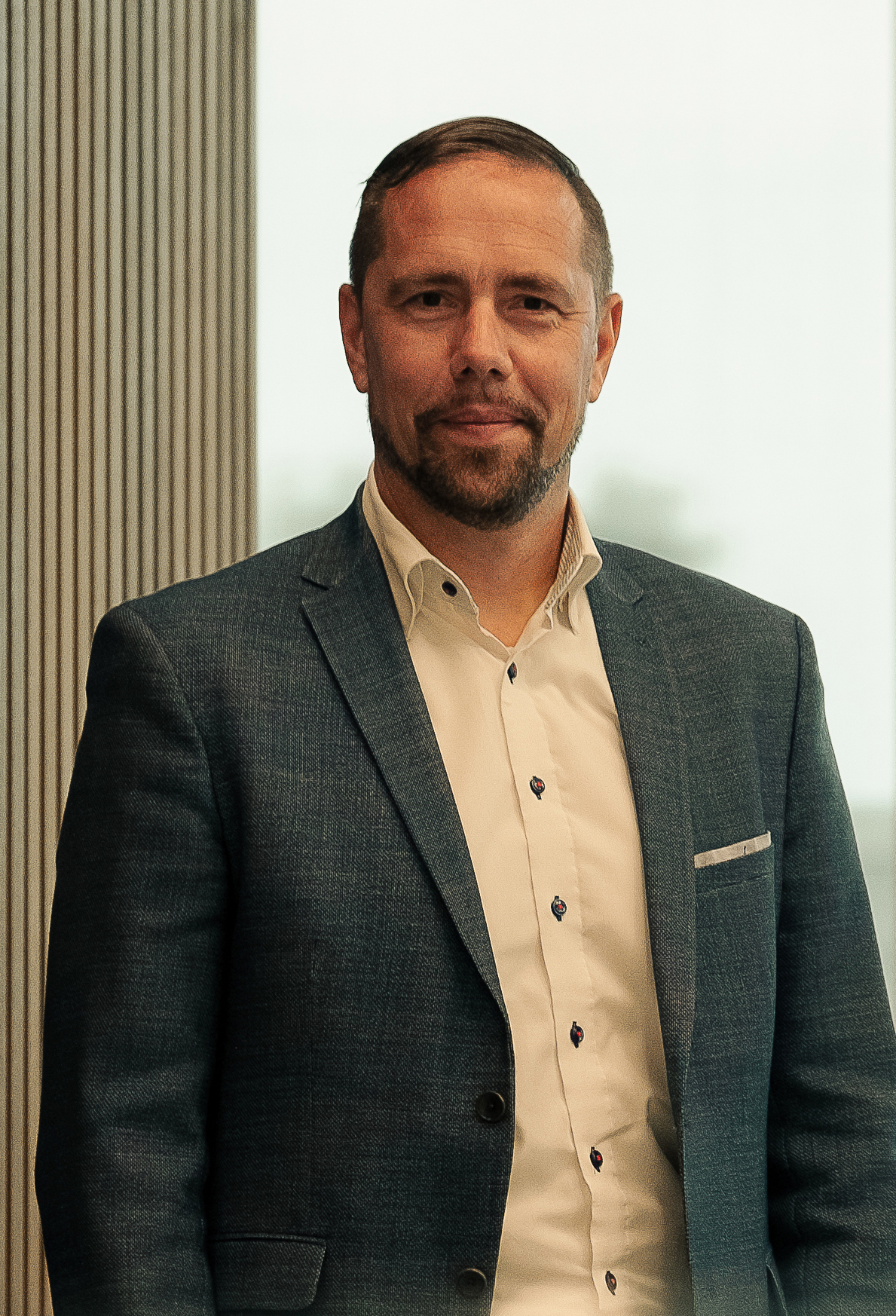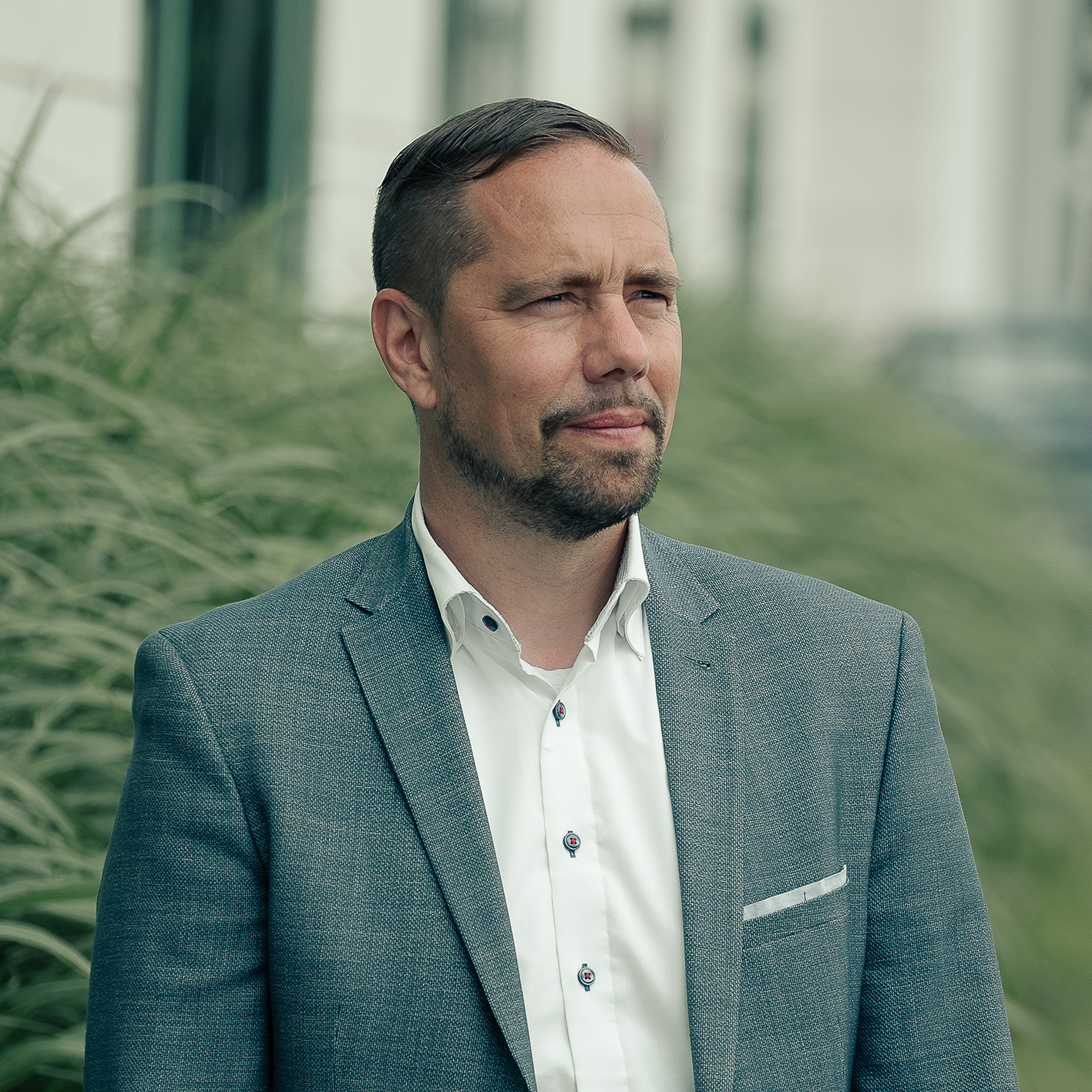We want to create a sustainability wave

Yarn manufacturers realise most of their greenhouse gas emissions via the value chain. That’s why it’s safe to say that a company’s purchasing strategy can make or break its sustainability efforts. Steve Clicteur, B.I.G.’s Global Procurement Manager Polymers, explains how suppliers help the company to reduce its impact.
Steve Clicteur
- Born in Brugge, Belgium in 1978
- Global Procurement Manager Polymers at Beaulieu International Group
- Passionate about sports
- Traveling encrypted DNA
B.I.G. is a house with many rooms. Fortunately, there’s people like Steve Clicteur who manage to find synergies between the different divisions. As the Global Procurement Manager for polymers, Steve is constantly looking for efficiencies in the company’s purchasing strategy for raw materials. At the same time, Steve is pushing B.I.G.’s suppliers to follow the company on its Route 2030.
Some 90 percent of B.I.G.’s carbon footprint can be attributed to the value chain, the so-called scope 3 emissions. So, when it comes to sustainability, your role cannot be underestimated. How challenging is that?
It is quite challenging. For our scope 3 emissions, we depend on our suppliers, and on how well they manage to reduce their impact. But for now, there’s no silver bullet solution. For example, our suppliers could work on chemical recycling (editor’s note: the process of converting polymeric waste into its original monomers), but this still requires huge investments in the coming years. Another option would be reducing our impact through the use of renewable sources – via the mass balance principle – but the market has not yet come to a consensus on the acceptance of this matter. And obviously, these solutions will also come at a price.
“Some companies still think sustainability is a fad.
We have proven them wrong in recent years.”
Do suppliers fully understand the need to offer sustainable solutions?
More and more. In 2023, we launched our low-impact PA6 yarn, EqoYarn, which reduces CO2 emissions with 46% compared to standard solutions. We have made it clear to our suppliers that this will become our standard solution in the coming years. Sometimes, it means we have to put some pressure on suppliers. Other suppliers don’t need that push, but inherently know that offering low-impact raw materials is the way forward. They do what they can to lower their scope 1 & 2 impact, be it with green energy, bio-based solutions, or carbon capture for example.
How do you manage to convince suppliers to step into the sustainable yarns story?
There are still companies who think that sustainability is a fad. The past few years, we have proven that this is not the case. Even in difficult economic times, we did considerable efforts. Our suppliers know we’re not just selecting raw materials based on price; we also care about impact.
I often hear from our suppliers that we are very demanding at B.I.G., that we lead the way in terms of sustainability. Fortunately, we are not a small fish in the market, so we can use our influence to achieve things. On the other hand, we also motivate our suppliers about the bigger story, and we actively provide feedback on how they can improve to help us improve. Sustainability is not something we can achieve alone. We need our partners. That’s why we try to create some kind of sustainability wave, a critical mass of companies who want to be part of our commitment to sustainability.
“Our suppliers know we’re not just selecting raw materials based on price; we also care about impact.”
In terms of lowering our impact, where do you see the most important innovations in the coming years?
For polyamide 6, our most important raw material for yarns, there are several production methods, some more impactful than others. We definitely need to keep an eye on renewable, bio-based raw materials.
But also capturing carbon-heavy by-products is an option. For example, an important contributor to the carbon footprint of PA6 is nitrous oxide, also called laughing gas. It’s ten times more impactful to the climate than CO2. If our suppliers could capture those emissions during the manufacturing process, before they are released into the air, and then store them and repurpose them, we can effectively prevent them from contributing to climate change.
But innovation goes further than that. We also need to step away from creating products that do not last long. Instead, we should create more durable products, and prevent those products from becoming waste altogether. This is still the preferred option, in my opinion.
Moving forward, uniting economic and ecologic interests, always seems to be the biggest challenge.
We are looking into the mid-term and long-term, but the economic reality also forces us to look at short term gains. We need to make a profit as a company. That doesn’t mean we’re not making progress in terms of sustainability. We are continuously strengthening our position by looking for additional suppliers who can help us make yarn solutions with a lower carbon impact or solutions that are based on recycled materials. For all our product lines – EqoYarn, EqoCycle and EqoBalance – we’re going for multiple sources, not just one source.

Do you have any personal ambitions when it comes to sustainable yarns?
If anything, I’m glad to contribute to the sustainable yarns story. And it would be fantastic if one of our sustainable solutions could become the reference in the market. We have already achieved a lot together with our suppliers, but I’m eager to continue working on this to make it happen.